AT THE HERMITAGE A VARIETY OF OWNERS, 1785-1807
The Cuttings, the Bells and the Laroes
Ann De Visme Maintains The Hermitage, Burr Sells the Adjacent Prevost Property
In the years from 1785 to 1807 The Hermitage and its property had a succession of owners. Following her marriage to Aaron Burr in 1782, Theodosia saw to it that her brother-in-law, Joseph Browne, was named executor of the estate that she inherited from her deceased husband, James Marcus Prevost. It appears that James Marcus had been in debt for 470 pounds to a Mrs. Anne Baldwin. Thus, it was arranged that Burr would buy the estate for 520 pounds which would more than cover the repayment of the debt. The transaction took place on May 15, 1785 and the witnesses were John Bartow Prevost, the son of Theodosia, John Cleves Symmes, and William Treason. The 36 acres owned by Ann DeVisme which included The Hermitage where she lived was not effected by this settlement. In 1785 Burr needed to obtain a loan which may have been necessitated to cover the cost of the Prevost property purchase. He held it for a number of years, and, then in 1789, he sold the 240 acres parcel to William Cutting, a New York lawyer with whom he had engaged in real estate ventures. The price is not known.
Meanwhile Ann De Visme continued to own The Hermitage and its surrounding acres. It is not known how long she resided there. However, by 1794 she was living in New York City, perhaps with one of her daughters. She had rented The Hermitage to William Bell who had married into the locally important Hopper family and was a leading local personage and county official. He was sheriff of Bergen County, 1792 to 1795, and was a militia captain. Then on June 14, 1794 he purchased the house and its 36 acres for 450 pounds. Ann De Visme is listed as the seller and Bartow and Frederick Prevost were the witnesses. In the same year Bell bought from Cutting the 240 acre former Prevost property for 981 pounds.
 |
 |
| Masonic symbols on front of The Hermitage | |
William Bell was both a Methodist and a Mason. The local Methodist Church tradition holds that a small congregation first met in Bell=s house after 1794. Then in 1797, he sold 0.2 acres, probably with a building, to the congregation. They then refitted the building into a church. Some believe Bell also had masonic symbols carved into his Hermitage home, symbols that are still visible today. He was senior warden and treasurer of the Union Lodge in Bergen County.
In 1801 Bell sold The Hermitage, grist and saw mills and 8 acres to Peter Alyea for $1,625. In the following year Alyea sold the parcel to Cornelius Smith for $1,375. In 1803 Smith sold the same piece to James Laroe for $1,750. In 1804 Bell sold 93 and 151 acres to Laroe for $3,855. Thus, the properties were again brought back together. Laroe, was a member of a long resident French Huguenot family in the Paramus area and in other parts of Bergen County. An earlier Laroe was the wife of Johannes Traphagen the first owner of The Hermitage properties. James Laroe in these early years of the 19th century was a local innkeeper. In 1807 Laroe sold The Hermitage and 55 acres to Dr. Elijah Rosegrant for $2112. Laroe retained the mills.
